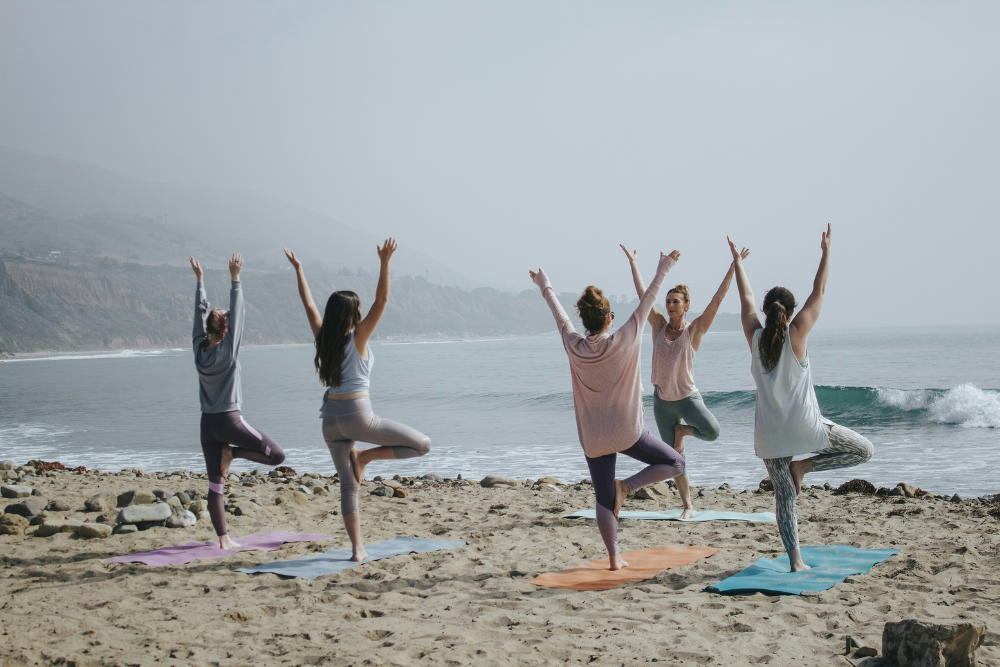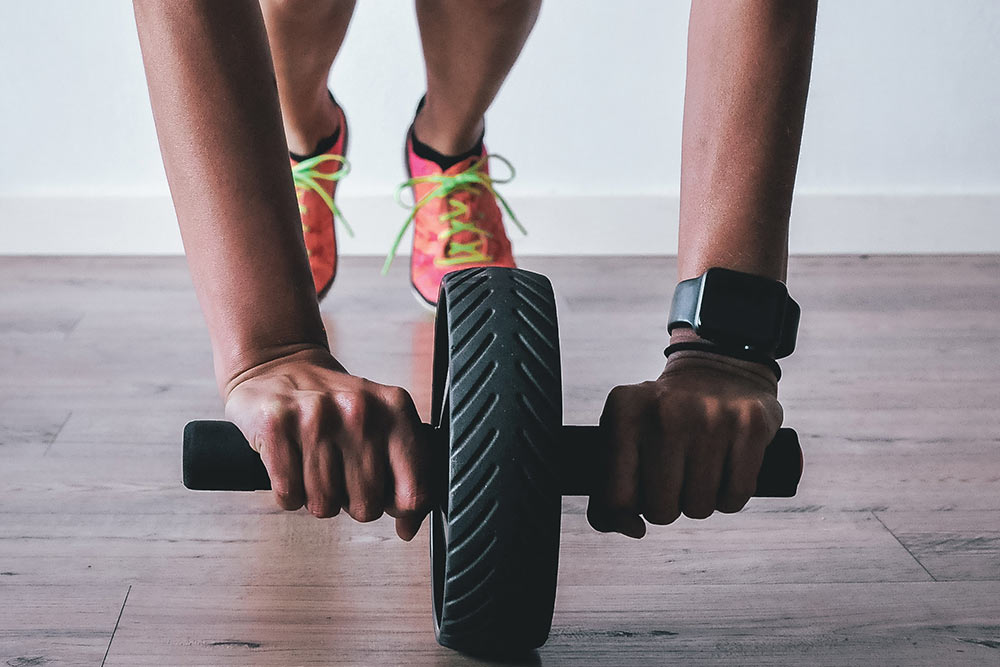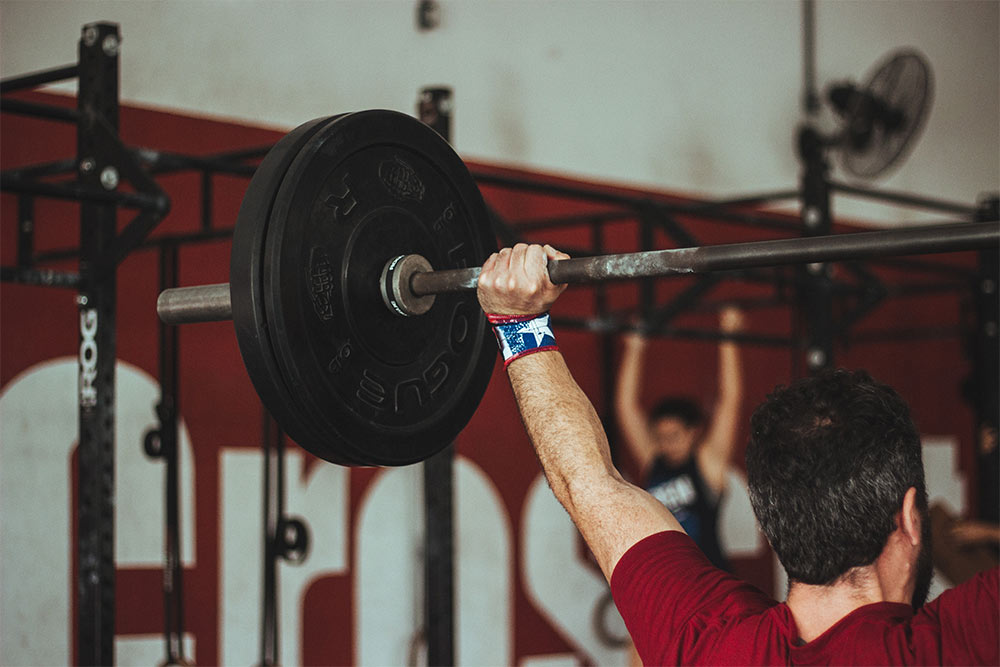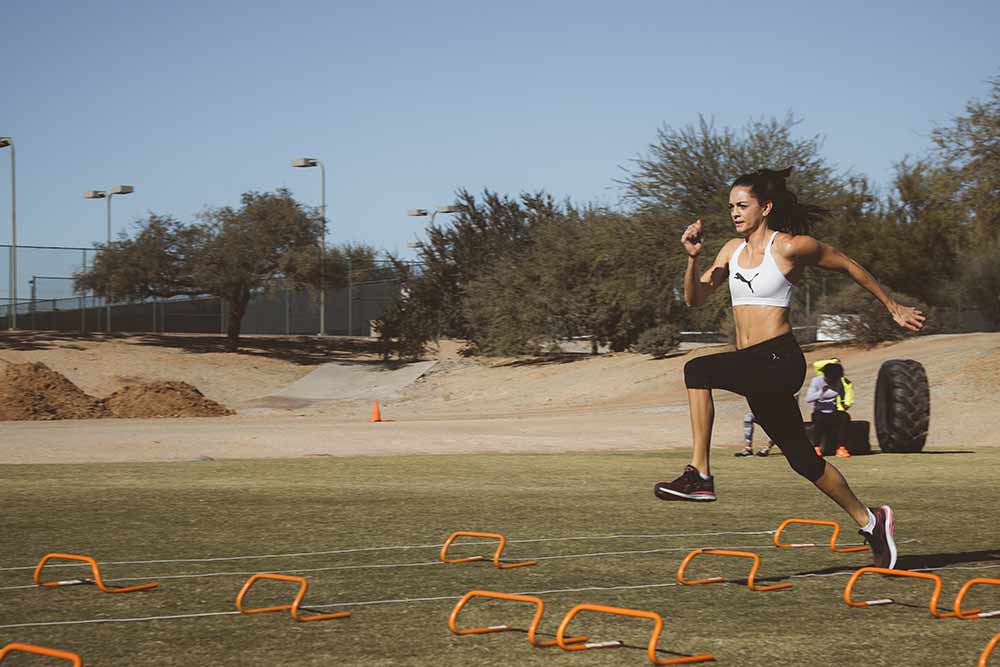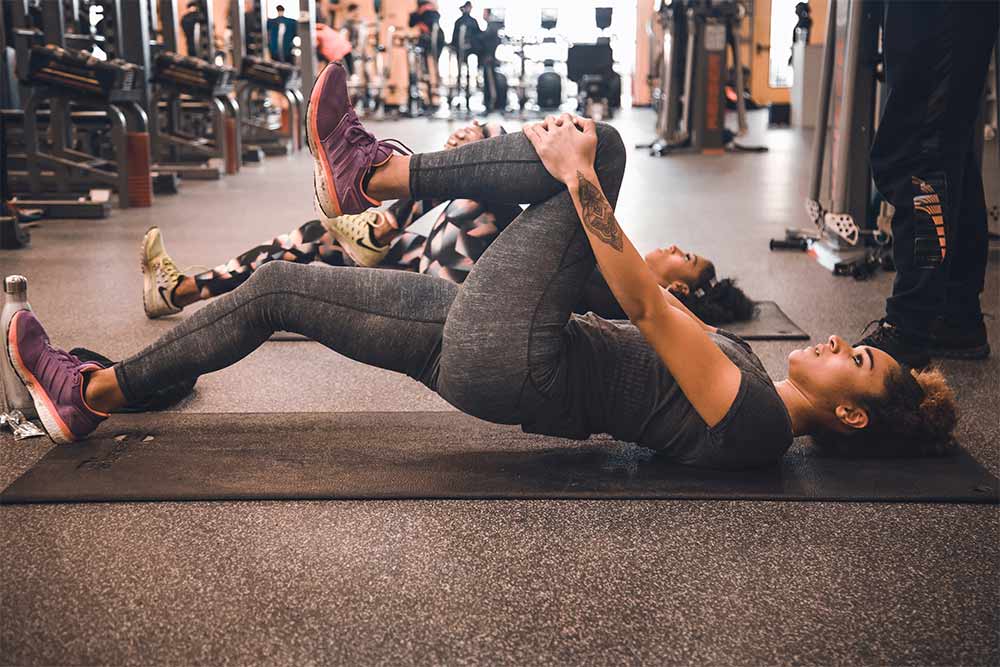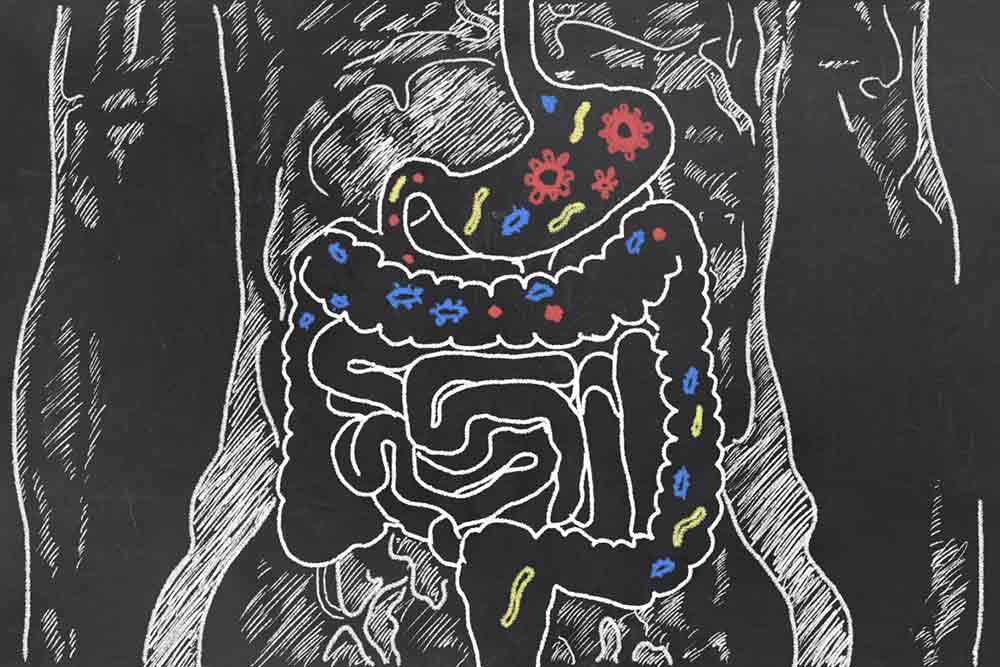The Elevation Training Mask – A Competitive Advantage
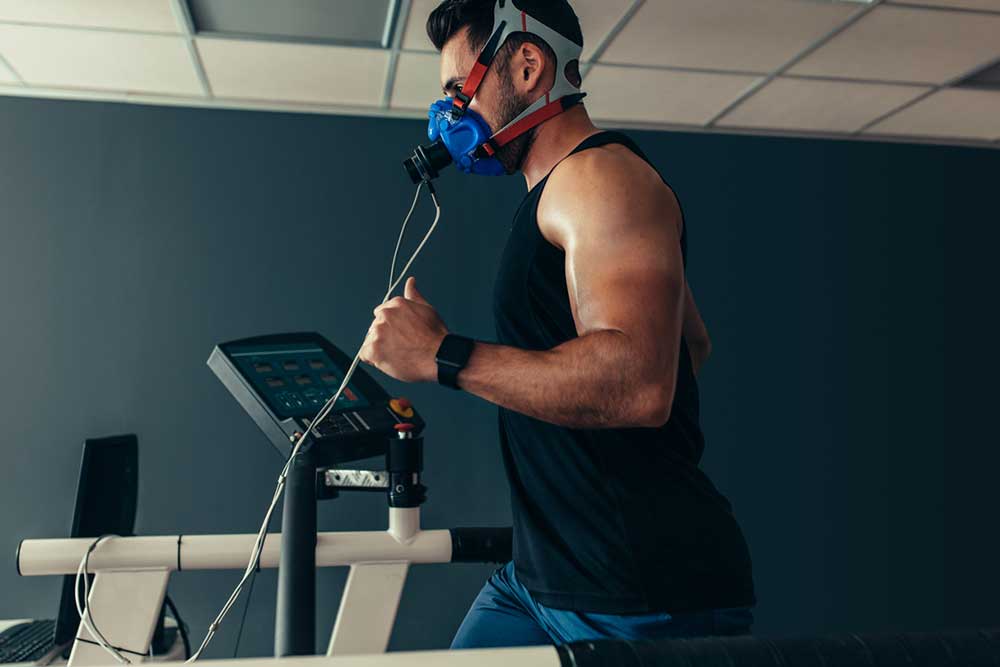
A Review by Alyssa Bialowas
Elite and well-trained athletes search for the competitive edge in their training to optimize their competition results. Altitude training and respiratory muscle training (RMT) have been reported to improve performance in aerobic capacity in competitive distance runners. For athletes who train in environments that lack diversity of altitudes, devices such as The Elevation Training Mask (ETM) have been used to stimulate altitude training. A team of researchers set out to determine whether the ETM improves performance variables such as VO2 max, endurance performance, and lung capacity during a high-intensity training cycle.
The Study
Twenty-four students from the University of Wisconsin participated in this 6-week high-intensity training cycle. These students were moderately trained athletes, but had not participated in a cycling training program in the past 6 months.
The subjects were randomized into the mask training group or the control group. Initially, participants completed a maximal cycle ergometer test to determine VO2 max, VT, respiratory compensation threshold (RCT), maximal heart rate (HRmax), and peak power output (PPO), and completed the same test post-study.
All subjects completed two workouts during the week prior to training to become familiar with the training protocol and equipment. Training sessions were held twice a week at 30 minutes in length for 6 weeks. Each session consisted of a 5-minute warm up and a 20-minute high-intensity interval. The 20-minute interval included 10 repetitions at 30 seconds at PPO, followed by 90-seconds active recovery. Participants wore a heart rate monitor during their sessions, and their heart rates were recorded post-training. The subjects in the mask group wore the ETM during all training sessions.
Related Article: The Effects Of Altitude Training On Competitive Swimmers
The Results
Participants in both the mask group and the control group had significant increases in VO2 max and endurance performance, but there was no difference in magnitude between groups. The mask group showed significant increases in VT and PO at VT. Changes in RCT and PO at RCT reached statistical significance between groups.
Max heart rate (HRmax) was studied at weeks 2, 4, and 6. There were no significant differences between the mask group and the control group over the course of the study. Blood lactate levels were taken on the same weeks, and there were no significant differences found between groups.
Takeaway
Subjects in the ETM group did not show improvements in lung function, inspiratory muscle strength, or stimulate changes in hemoglobin levels. This indicates that the mask does not effectively stimulate altitude training, and athletes looking for a competitive edge to increase their aerobic capacity should not rely on the ETM for improved capacity. Since both groups showed significant increases in VO2 max and endurance performance, a 6-week high intensity training cycle will improve performance in aerobic capacity in athletes.
Related Article: Headaches & VO2 Max
You Might Like:
RFK’s Plan to Make America Healthy Again: A Vision for a Healthier Future
Robert F. Kennedy Jr. (RFK Jr.), a prominent environmental lawyer and political activist, has emerged as a voice for change in the United States. Known for his work on environmental and public health issues, particularly...The Science of Temperature Therapy
Temperature therapy (also known as “thermal therapy” or “thermotherapy”) involves the use of heat or cold to improve health and function. Interestingly, thermotherapy has been around for centuries, with ancient cultures regularly using hot springs,...The Predictors of Longevity You Need to Care About
Living a long and healthy life is a universal aspiration, and with the publication of Peter Aittia’s new book “Outlive”, it has never been a bigger focus. With this has come the realisation that, while...How Overtraining and Undertraining Impacts Hormonal Health
While maintaining a healthy hormonal balance is essential for overall health and wellbeing, it is an often-overlooked component of women’s health. Hormones play a vital role in regulating various bodily functions, including metabolism, energy, mood,...12 days of Fitness: 12 Holiday workouts to crush this Christmas
The holiday period is a time for friends, food, and family. With this in mind, it should be a time of guilt-free fun. However, that doesn’t mean you have to neglect your fitness entirely over...Upper Body Strength in Post-Menopausal Women
Menopause is a unique time in the human life, and with it comes a myriad of changes that can have wide reaching health implications. However, over the last 20 years we have seen a strong...Reference
Cress, M., Dobersterin, S., Forrester, K., Foster, C., Porcari, J., Probst, L., & Schmidt, K.
(2016). “Effect of Wearing the Elevation Training Mask on Aerobic Capacity,
Lung Function, and Hematological Variables.” Journal of Sport Science and
Medicine, 379-386.

